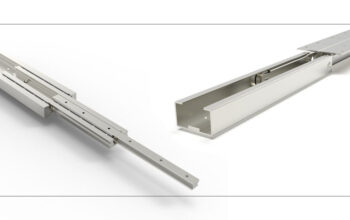Consistent quality is the backbone of any successful product or service. To ensure that standards are met and processes are efficient, organizations use quality control tools. These tools offer practical, data-driven approaches to detect issues early, analyze root causes, and implement lasting improvements.
What Are Quality Control Tools?
Quality control tools are a set of techniques used to examine, manage, and improve process performance and output quality. They help identify defects, variations, and inefficiencies in production or service delivery, ensuring better control and reliability.
Businesses across all sectors rely on Quality Control Tools to support continuous improvement initiatives and meet both customer expectations and compliance requirements. By visualizing and analyzing data effectively, these tools guide better decision-making.
Benefits of Quality Control Tools
Using Quality Control Tools allows organizations to reduce defects, avoid rework, save costs, and enhance customer satisfaction. They help create a proactive quality culture, where problems are addressed at the source rather than after they’ve escalated.
These tools also increase transparency within teams, leading to more collaboration and faster resolution of quality-related challenges.
The Seven Fundamental Quality Control Tools
Here are the seven key tools commonly used in quality control systems:
- Cause-and-Effect Diagram (Fishbone/Ishikawa)
Breaks down potential causes of an issue into categories for better root cause identification. - Check Sheet
A simple, structured method for collecting real-time data on specific quality issues or occurrences. - Control Chart
Tracks variation in a process over time to determine whether it is in a state of control. - Histogram
Displays the frequency distribution of data points to identify patterns and deviations. - Pareto Chart
Highlights the most common problems or defects, focusing attention on the biggest impact areas. - Scatter Diagram
Illustrates the relationship between two variables, helping to discover correlations. - Flow Chart
Visualizes the steps in a process to identify redundancies, delays, or inefficiencies.
How to Apply These Tools
- Start by defining the quality issue or process you want to improve
- Select the most suitable tool for your goal
- Collect and analyze reliable data
- Involve your team in interpreting results and brainstorming improvements
- Monitor progress and adjust as needed for long-term success
Conclusion
Quality control tools are essential for driving operational excellence, reducing risks, and ensuring customer satisfaction. By integrating these tools into your quality management system, you empower your organization to make smarter decisions, solve problems efficiently, and build trust in your brand through consistent performance and reliability.




